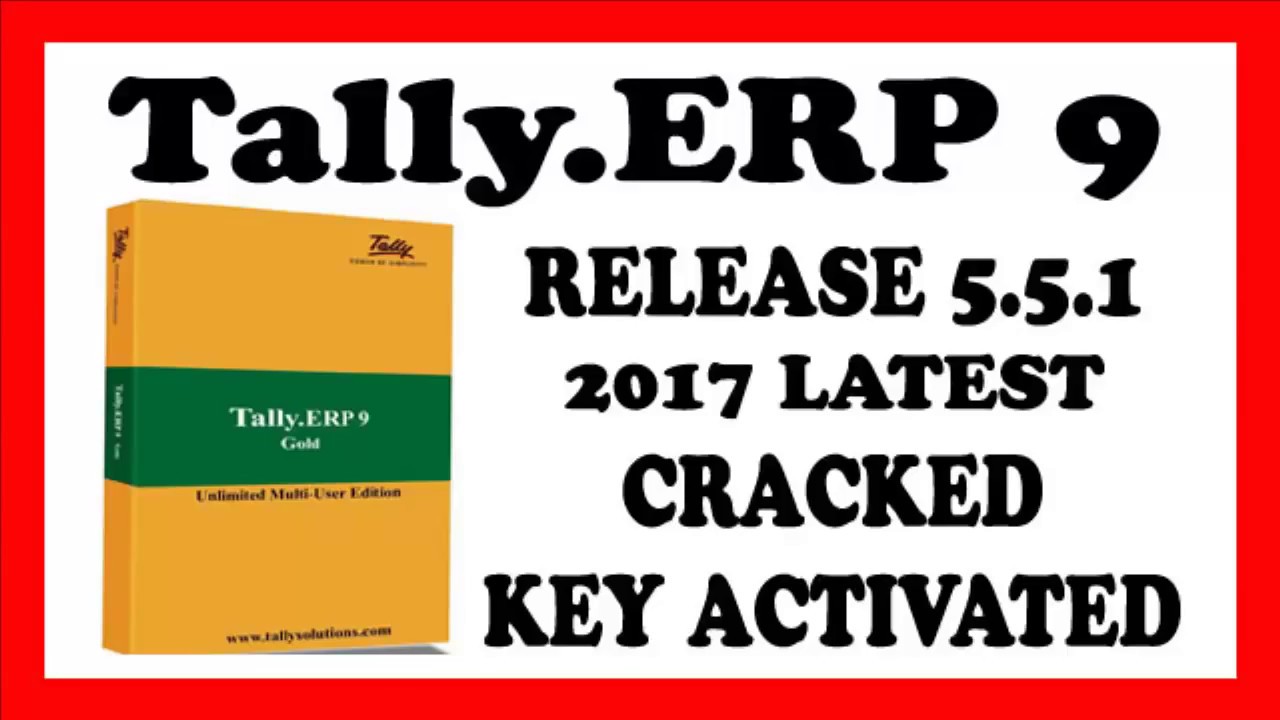

Method 3 – Filter with RenderListDataAsStreamīy using the ‘RowLimit’ property in a CAML Query we can limit our results.Method 2 – Most used REST & CSOM filter method.Method 1 – Query all items and filter in memory.I will discuss 3 possible methods of filtering large lists in SharePoint Online. If you have any suggestions or want to add some corrections to my blog, please leave them in the comments. These are just a few solutions that I thought of and used in the past to solve different large list query scenarios. On a side note: this does not mean that my methods / tips & tricks are the best solution for you.

In one of my next blog posts, we’ll also check how SharePoint is handling this limitation in its modern list UI and what will work / what will break whenever we hit the list threshold of 5000 items. You will also find a few tips & tricks, for whenever you want to filter large lists, to avoid the threshold limitations. I’ll compare different methods to check which are limited in which cases. In this blog post I’m going to try and find a solution for most filtering issues / scenarios in large SharePoint lists. Some customers might be asking for that ‘contains search behaviour’ which is not supported in a SharePoint search query. It’s a well-known ‘issue/limitation’ when working with larger data sets in SharePoint lists. You can add a comment using the addComment method as shown import from sp = spfi(.) Ĭonst item = sp.("PnP List").: The attempted operation is prohibited because it exceeds the list view threshold enforced by the administrator.Įvery SharePoint dev faced this issue at least once or multiple times. The IClientsidePage interface has three methods to provide easier access to the comments for a page, without requiring that you load the item separately.

These APIs are currently in BETA and are subject to change or may not work on all tenants. For information on loading clientside pages or items please refer to those articles. Comments can be accessed through either IItem or IClientsidePage instances, though in slightly different ways.


 0 kommentar(er)
0 kommentar(er)
